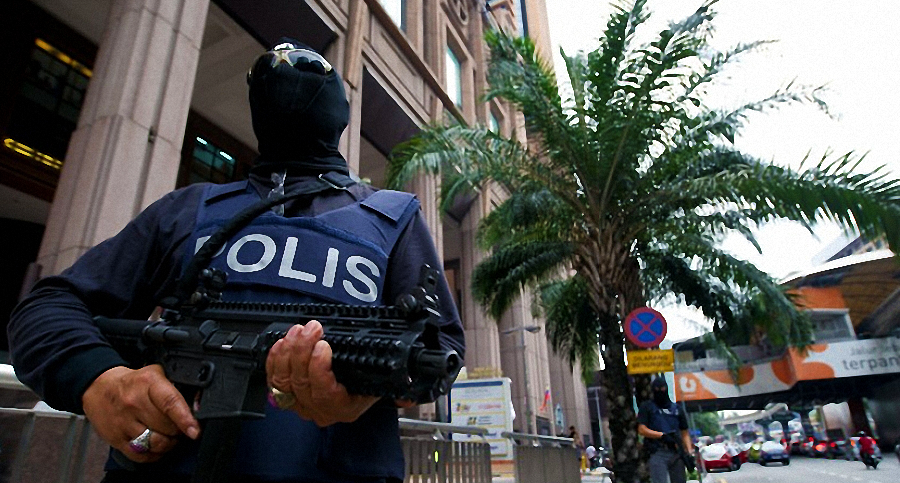It is time to be honest about Malaysia’s crime problem: It has one, as every society does; but Malaysia’s crime rates are by most metrics very, very good.
Year-over-year, the various measures of crime have dropped.
Yet Pakatan Rakyat — whose preferred election campaign plan appears to be sowing fear wherever possible — has hyped crime statistics as a Government failure. Most Malaysians know someone who has been a victim of some sort of crime, which only adds fuel to the fire, and proves a fertile ground for Opposition attacks.
So who is right?
The Government uses internationally-accredited measures of crime record keeping — many put into place when Opposition Leader Datuk Seri Anwar Ibrahim was Deputy Prime Minister — and so its crime reporting must be taken at face value. According to PEMANDU, the Government efficiency unit, index crime dropped 10.1 per cent to 63,221 cases between January and May this year from 70,343 cases in the same period last year. Street crimes dropped 43 per cent to 9,287 cases in the same time period, down from 16,294 cases recorded in 2009.
“Index crime” is defined as most property theft and violent crime, while “street crime” is defined as snatch theft, robbery without firearms, and gang robbery without firearms.
But if these statistics are true — and again, there are no prevailing data to show to the contrary — then the question is, why do so many feel unsafe? Why has Pakatan been able to find a sympathetic national ear?
The answer is in many parts. The first is perception. The Government has come under withering fire for saying that there is a perception, rather than a crime, problem. But this is true: That Pakatan Rakyat is obscuring the full sense of what this means is a discredit to them, rather than the Government.
Perception of crime, as civil society experts have noted for years, lingers — and even spikes — as crime falls. This is called a ‘trailing indicator,’ which means that any change in the actual crime rate, good or bad, will only be matched by perception some time later. Residents of New York and London were notorious for perceiving high crime even as the crime rate plummeted.
But there is more to perception: Perception damages civil society when it lags. It makes people fearful and less inclined to socialise and do business, to do the thousand ordinary things that make a society worse. In this sense, as crime comes more and more under control, it is incumbent on the Government to fight a misleading perception of crime.
This is something Pakatan Rakyat would admit within a few minutes of taking Putrajaya — no one wants to live in a society gripped by understandable if misplaced terror — which makes their fear-mongering over it all the more contemptible.
There is also the matter of increasing urbanisation. Malaysia’s population is now only roughly 30 per cent rural; the transition to urban environments, with closer housing arrangements, means that the average Malaysian is not only more likely to be intimately familiar with his neighbour’s life in a way he never was before, it also means he is more alert to crime among his neighbours — even if the incidence of crime drops.
The critical fact, however, is that the crime rate is dropping, and at a remarkable rate. Malaysia’s crime statistics compare favourably to developed nations’, and place it in the lowest-crime segment of developing nations. The attacks on the Government’s effort come not because one Minister made some clumsy statements about crime perception, but rather because Pakatan Rakyat is working to manufacture a scandal where none exists.
This crime-rate-perception furore will ultimately pass in the same way the manufactured furore over the Lynas rare-earths plant has receded, as the data and reality catch up to Pakatan fear-mongering.
In the interim, the Government will, by all measures, continue reducing the crime rate; and must work to bring the perception of crime in line with the already-low incidence of crime.
Pakatan Rakyat can then return to identifying the next contrived bogeyman to put to the public.

